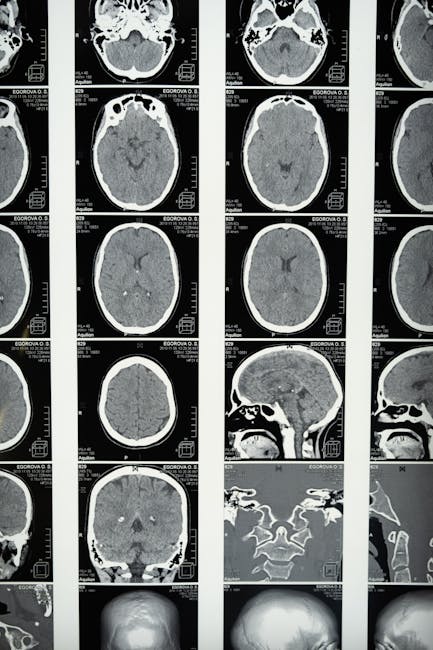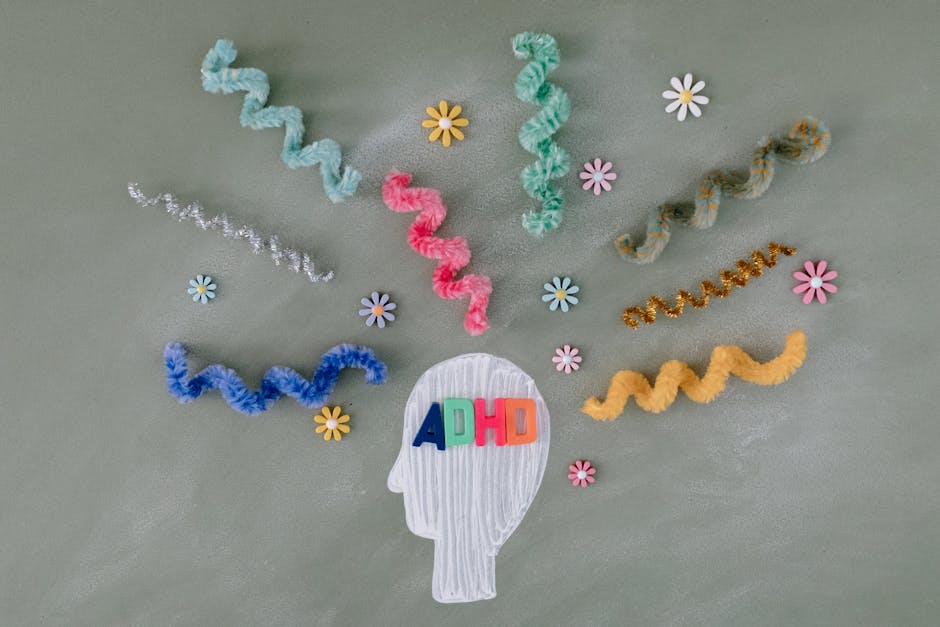Understanding Brain Disorders: Types, Symptoms, Diagnosis, and Treatment
Brain disorders encompass a vast and complex spectrum of conditions affecting the structure, function, or chemistry of the brain. These disorders can manifest in a myriad of ways, impacting cognitive abilities, behavior, emotions, and physical functions. Understanding the diverse range of brain disorders is crucial for effective prevention, diagnosis, and treatment.

Types of Brain Disorders
Brain disorders are broadly categorized, often overlapping and interacting. Some key categories include:
- Neurodegenerative Diseases: These progressive disorders involve the gradual deterioration of brain cells, leading to irreversible damage. Examples include Alzheimer’s disease, Parkinson’s disease, Huntington’s disease, and amyotrophic lateral sclerosis (ALS).
- Neurodevelopmental Disorders: These conditions emerge during brain development and significantly impact cognitive, behavioral, and social functioning. Examples include autism spectrum disorder (ASD), attention-deficit/hyperactivity disorder (ADHD), and intellectual disability.
- Cerebrovascular Diseases: These disorders affect blood flow to the brain, often leading to stroke or transient ischemic attacks (TIAs). Risk factors include high blood pressure, high cholesterol, and smoking.
- Infectious Brain Diseases: These conditions result from infections that affect the brain or its coverings (meninges). Examples include meningitis, encephalitis, and Creutzfeldt-Jakob disease.
- Traumatic Brain Injuries (TBIs): These injuries result from external forces impacting the brain, causing damage ranging from mild concussions to severe and life-threatening injuries.
- Seizure Disorders (Epilepsy): This neurological condition characterized by recurrent seizures caused by abnormal electrical activity in the brain.
- Mental Disorders: While not always directly linked to brain structure, mental health conditions such as depression, anxiety, schizophrenia, and bipolar disorder significantly impact brain function and often have neurological underpinnings.
- Brain Tumors: Abnormal growths of cells within the brain, which can be benign or malignant, and significantly impact brain function depending on location and size.
Symptoms of Brain Disorders
Symptoms of brain disorders vary widely depending on the specific condition and its severity. Common symptoms can include:

- Cognitive Impairment: Memory loss, difficulty concentrating, impaired judgment, and confusion.
- Motor Problems: Weakness, tremors, difficulty with coordination, balance problems, and involuntary movements.
- Sensory Disturbances: Vision problems, hearing loss, numbness, tingling, and pain.
- Behavioral Changes: Irritability, aggression, mood swings, depression, anxiety, and personality changes.
- Speech Difficulties: Difficulty speaking, understanding language, or finding words.
- Seizures: Sudden, uncontrolled electrical activity in the brain.
- Headaches: Frequent or severe headaches, especially those accompanied by other symptoms.
It’s crucial to remember that these are just general symptoms, and the specific presentation will vary greatly. If you experience any concerning neurological symptoms, it’s essential to seek medical attention.
Diagnosis of Brain Disorders
Diagnosing brain disorders often involves a combination of:
- Medical History: A detailed review of the patient’s symptoms, past medical conditions, and family history.
- Neurological Examination: A comprehensive assessment of the patient’s neurological functions, including reflexes, coordination, and sensory perception.
- Neuroimaging: Techniques such as Magnetic Resonance Imaging (MRI), Computed Tomography (CT), and Positron Emission Tomography (PET) scans provide detailed images of the brain, helping to identify structural abnormalities or lesions.
- Electroencephalography (EEG): This test measures the electrical activity in the brain, useful for diagnosing seizure disorders and other neurological conditions.
- Lumbar Puncture (Spinal Tap): This procedure involves removing cerebrospinal fluid for analysis, which can help detect infections or other abnormalities.
- Genetic Testing: In some cases, genetic testing can identify genetic mutations associated with certain brain disorders.
Treatment of Brain Disorders
Treatment for brain disorders varies greatly depending on the specific condition. Treatment options may include:

- Medications: Drugs can help manage symptoms, slow disease progression, or prevent seizures.
- Therapy: Physical therapy, occupational therapy, speech therapy, and cognitive behavioral therapy can help improve function and quality of life.
- Surgery: In some cases, surgery may be necessary to remove tumors, repair damaged tissues, or implant devices to manage symptoms.
- Lifestyle Changes: Healthy lifestyle choices such as diet, exercise, and stress management can play a crucial role in managing some brain disorders.
- Supportive Care: Providing emotional and practical support to the patient and their family is essential for coping with the challenges of living with a brain disorder.
Research and Advancements
Ongoing research is constantly expanding our understanding of brain disorders and leading to new and improved treatments. Areas of active research include:
- Development of new drugs and therapies: Scientists are working to develop more effective medications and treatments for a range of brain disorders.
- Gene therapy: This innovative approach aims to correct genetic defects that contribute to brain disorders.
- Brain stimulation techniques: Techniques such as deep brain stimulation (DBS) are being explored to treat neurological and psychiatric disorders.
- Neuroprotective strategies: Research focuses on developing ways to protect brain cells from damage and slow disease progression.
- Early detection and prevention: Identifying risk factors and developing strategies for early detection are crucial in preventing or delaying the onset of brain disorders.
The field of brain disorder research is constantly evolving, offering hope for improved diagnosis, treatment, and ultimately, prevention.
Disclaimer: This information is intended for educational purposes only and should not be considered medical advice. Always consult with a qualified healthcare professional for diagnosis and treatment of any medical condition.
